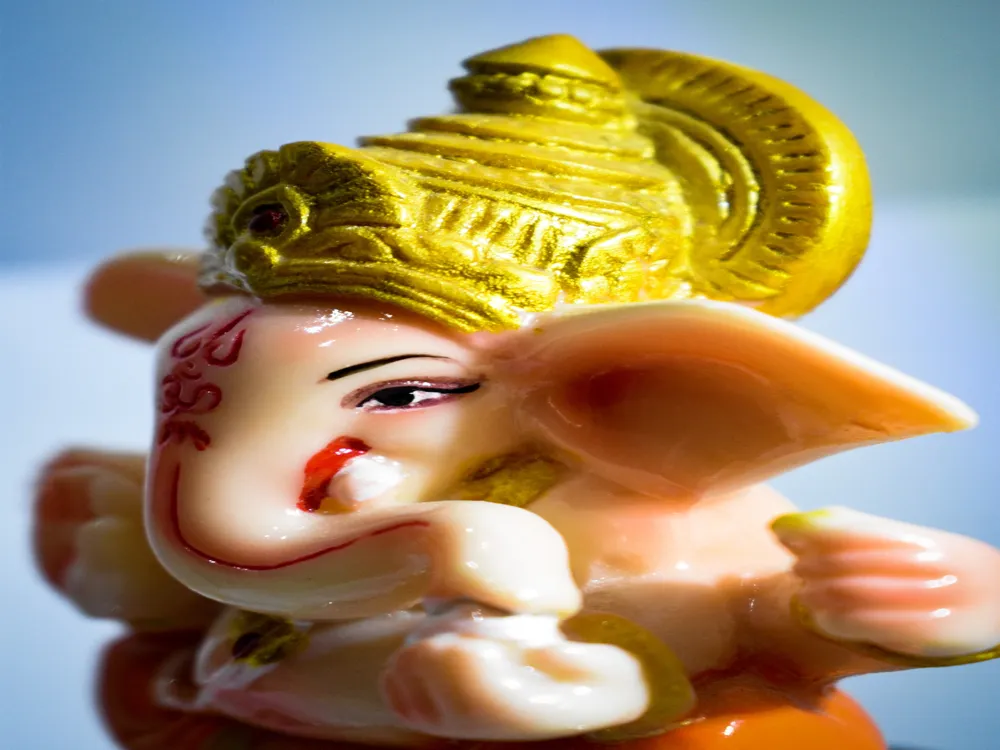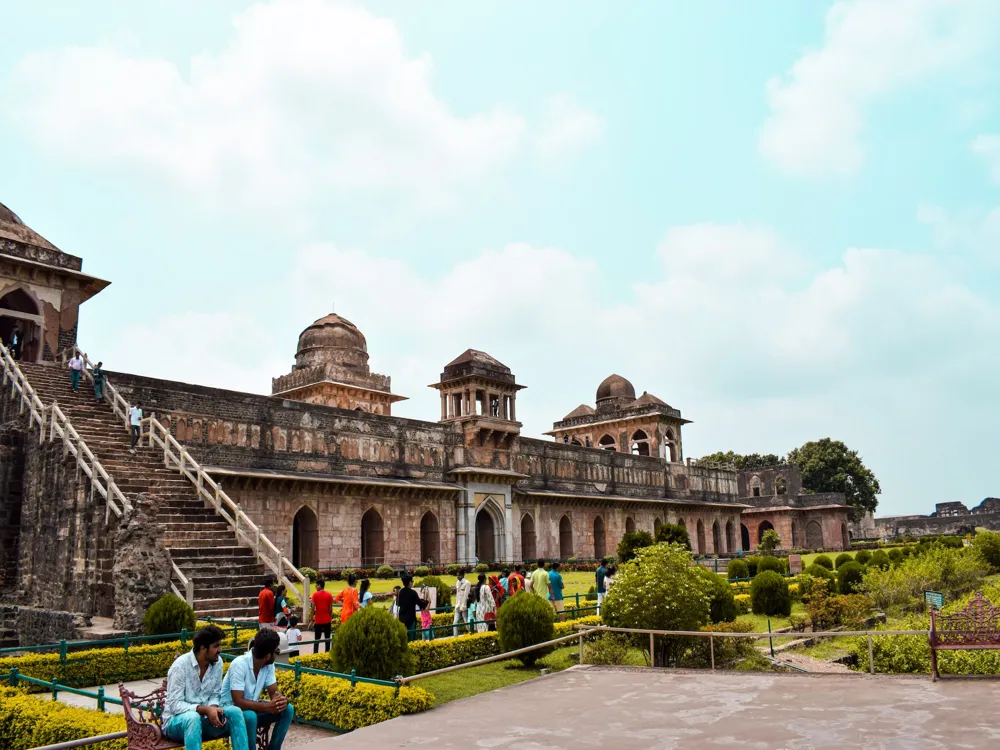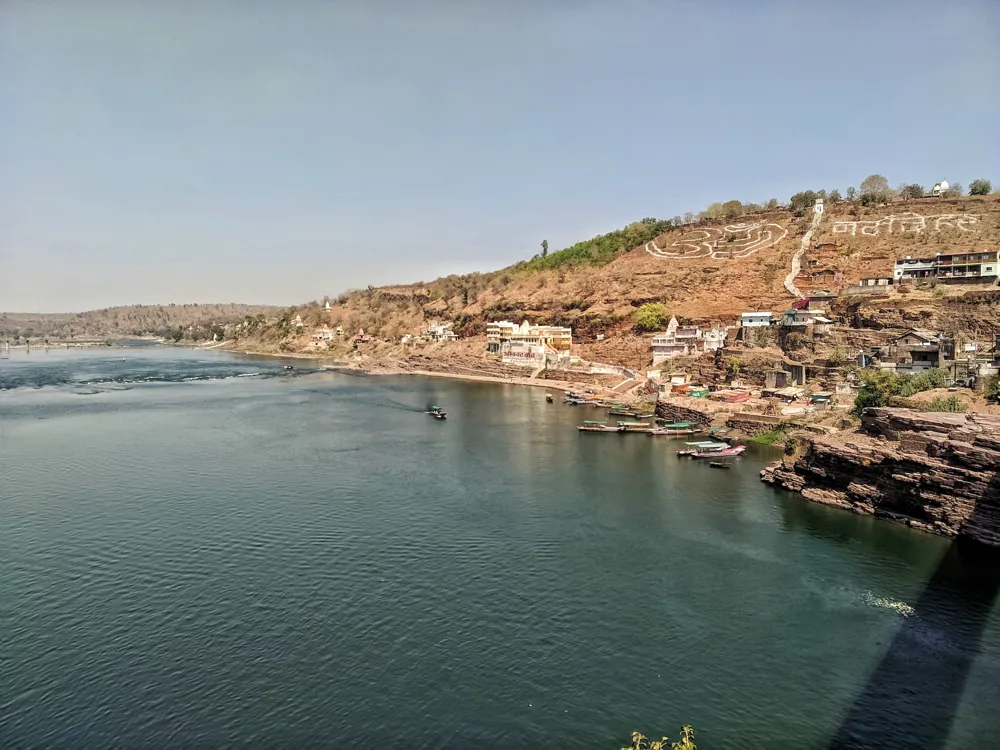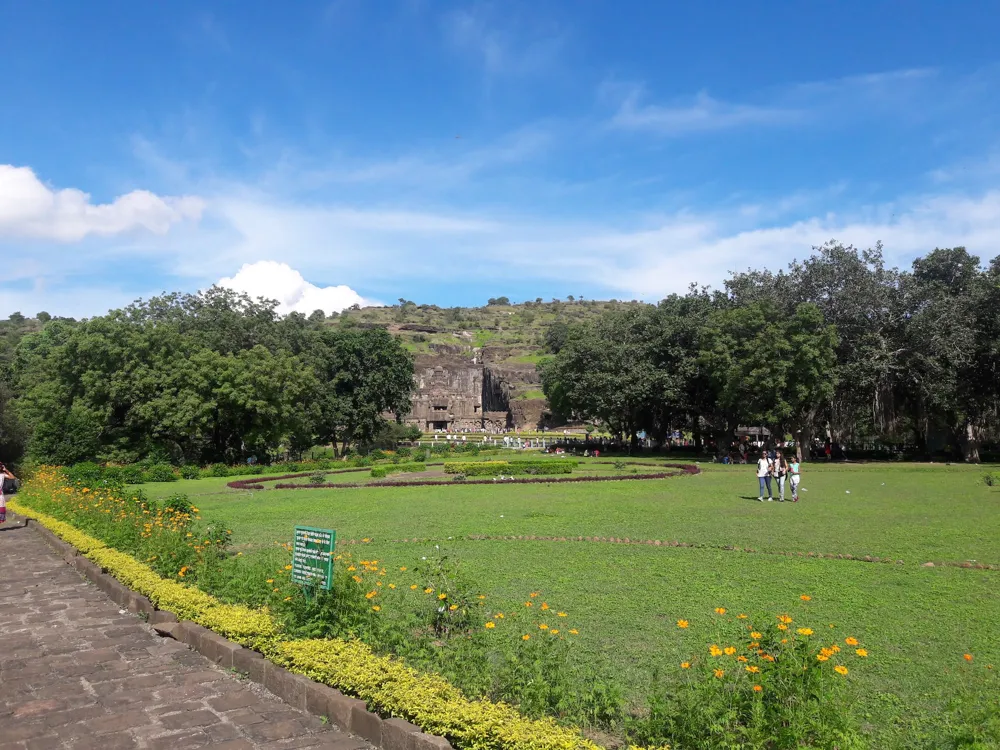The Khajrana Temple, located in the vibrant city of Indore, Madhya Pradesh, is a beacon of spiritual faith and architectural splendor. This revered Hindu temple, dedicated to Lord Ganesh, stands as a testament to the city's rich cultural and religious tapestry. Established by the Holkar dynasty in the 18th century, Khajrana Temple has since been a place of immense religious significance, drawing devotees from all corners of the country. The temple's unique history is intertwined with the socio-political narrative of Indore, reflecting the city's evolution over the centuries. The temple's prominence is not just in its religious stature but also in its role as a cultural hub. It epitomizes the harmonious blend of faith, tradition, and community that characterizes Indore. Every week, thousands of worshippers throng the temple, seeking blessings and participating in various rituals and ceremonies. The temple's atmosphere is charged with devotion, underscored by the rhythmic chants and the fragrance of incense. It is not just a place of worship but a sanctuary where people find peace, solace, and a sense of belonging. The significance of the Khajrana Temple extends beyond its religious boundaries. It has become a symbol of Indore's identity, showcasing the city's spiritual depth and its commitment to preserving its heritage. The temple is also a center for social and charitable activities, providing support and assistance to the needy. Its role in community service highlights the temple's philosophy of selfless service and compassion, key tenets of Hinduism. Thus, Khajrana Temple is not just a religious landmark but a beacon of hope and benevolence, embodying the true spirit of Indore. The architecture of Khajrana Temple is a splendid example of traditional Hindu temple design, blended with local cultural influences. The temple, primarily constructed from locally sourced red stone, stands as a magnificent structure adorned with intricate carvings and embellishments. The main shrine, housing the idol of Lord Ganesh, is an architectural marvel, showcasing the finesse of ancient Indian craftsmanship. The idol itself, carved out of a single stone, is a masterpiece of art and devotion. The temple complex is designed in a way that it resonates with the principles of Vastu Shastra, the ancient Indian science of architecture and space. Every element of the temple, from the main dome to the alignment of the sanctum, is meticulously planned to ensure spiritual and architectural harmony. The outer walls of the temple are decorated with scenes from Hindu mythology, each telling a story of gods, goddesses, and legendary heroes. These carvings not only enhance the aesthetic appeal of the temple but also serve as a medium to educate and enlighten visitors about Hindu lore. One of the most striking features of the Khajrana Temple is its grand entrance, marked by a towering gate. This gate is not just a physical structure but a symbolic representation of the threshold between the material and spiritual worlds. As devotees pass through this gate, they leave behind worldly distractions, entering a realm of divine consciousness. The temple's interior is equally captivating, with its high ceilings, ornate pillars, and serene ambiance. The play of light and shadow within the temple creates a mystical atmosphere, making every visit a unique spiritual experience. The temple's design also incorporates various elements of nature, such as water bodies and gardens, creating a harmonious balance between the built environment and the natural surroundings. These features add to the temple's tranquil setting, making it an ideal space for meditation and contemplation. The integration of nature into the temple's architecture is a reflection of Hinduism's deep respect for the environment, emphasizing the need for coexistence and sustainability. Visitors to Khajrana Temple should dress modestly, respecting the temple's sacred nature. Traditional Indian attire is recommended, but not mandatory. It is advisable to avoid revealing or flashy clothes. The temple is open from early morning till late evening. However, visiting during the morning and evening Aarti (prayer ceremony) offers a special experience. Be mindful of the temple's busy hours, especially during festivals. While at the temple, it's important to respect the local customs and traditions. Participate in rituals if you wish, but always follow the temple's guidelines and instructions from the priests. Photography might be restricted in certain areas of the temple. Always look for signage indicating photography rules or ask for permission before capturing photographs. Reaching Khajrana Temple is convenient due to its location in Indore, a well-connected city. The temple is accessible by various modes of transportation: Read More:Overview of Khajrana Temple, Indore
Architecture of Khajrana Temple
Tips When Visiting Khajrana Temple
Dress Appropriately
Timing Your Visit
Cultural Sensitivity
Photography Restrictions
How To Reach Khajrana Temple
Khajrana Temple
Indore
Madhya Pradesh
NaN onwards
View indore Packages
Indore Travel Packages
View All Packages For Indore
Top Hotel Collections for Indore

Private Pool

Luxury Hotels

5-Star Hotels

Pet Friendly
Top Hotels Near Indore
Other Top Ranking Places In Indore
View All Places To Visit In indore
View indore Packages
Indore Travel Packages
View All Packages For Indore
Top Hotel Collections for Indore

Private Pool

Luxury Hotels

5-Star Hotels

Pet Friendly





















